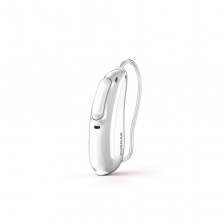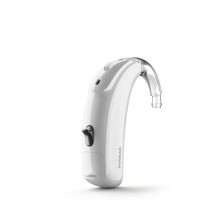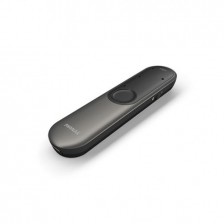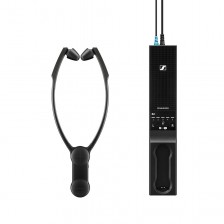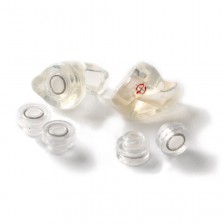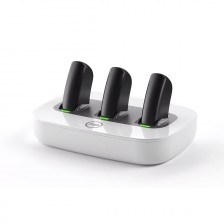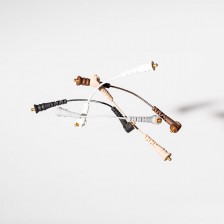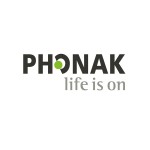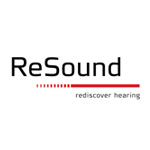Pure Tone Audiometry

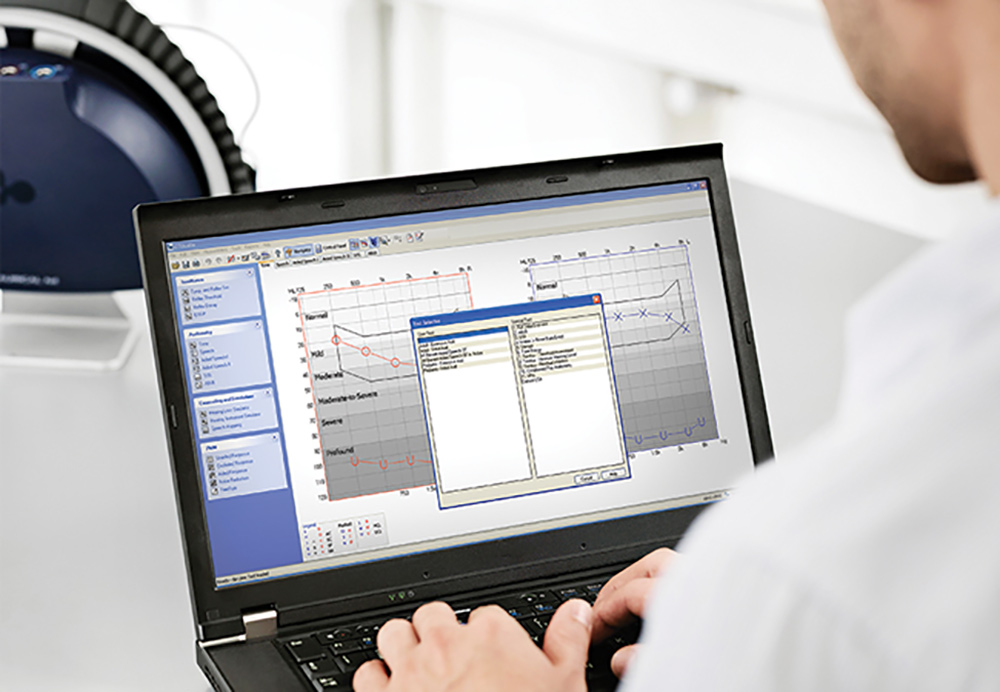
If you remember, not so long ago we talked about hearing screenings. As an important part of that review we mentioned the ability to hear pure tones through a headset. Well, today we're going to retrieve that information and expand it. Today it's time to talk about tonal audiometry.
A tonal or pure tone audiometry is a subjective test in which a person's hearing sensitivity is measured. We say that it is a subjective test because it requires the active participation of the patient, who must react each time he hears a sound either by raising his hand, or pressing a button, or the action that the specialist has considered more appropriate.
For this test helmets are used, and must be performed in an environment free of noise, in fact, it is customary to do in a soundproofed room. The final mission is to detect the person's hearing threshold, i.e. the lowest noise caused by a reaction in a person's ear for at least 50% of the time, and for this purpose the person must show his reaction to a followed by pure tones. These results are then reflected in an audiogram, from which the degree of the patient's hearing loss can be diagnosed.
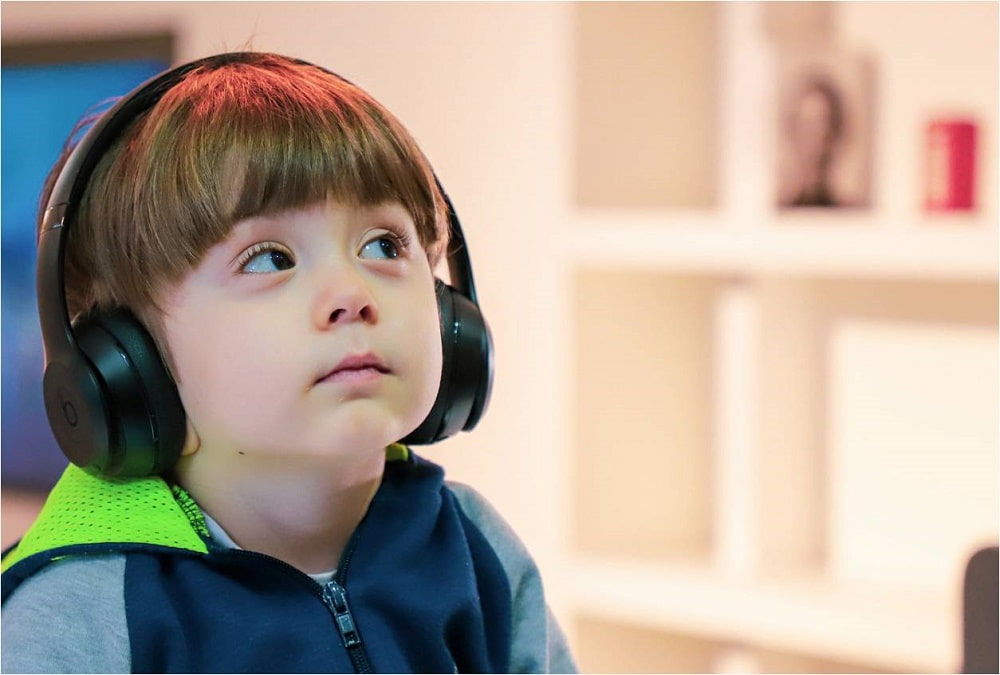
As we have mentioned, this test requires active participation on the part of the patient, as well as sufficient comprehension so that the procedure is not impeded or interrupted by the patient. This implies that it is a test that is mainly performed on adults or on children old enough to understand and collaborate with the test, making it unsuitable for young children.
Degrees of hearing loss
This test results in the degree of the patient's hearing loss. We have talked a lot about this concept, and then we will show in detail and precisely what exactly each degree or range of hearing loss consists of:
- Normal hearing (0-25 dB): A hearing loss between 0 and 25 dB is normal, and no action is necessary.
- Slight hearing loss (26-40 dB): People in this hearing loss range may start to feel some discomfort or stop perceiving some low intensity sounds.
- Moderate hearing loss (41-55 dB): This range of loss can affect language development and interaction with others. It can become complicated for a person with this degree of hearing loss to hear a normal conversation.
- Moderate-severe hearing loss (56-70 dB): Difficulties with speech and verbal intelligibility are beginning to be noted.
- Severe hearing loss (71-90 dB): Hearing ability is severely impaired, with only loud sounds being audible.
- Deep hearing loss (>90 dB): In this range we can speak practically of deafness, and the patient usually depends on elements other than sound, such as lip reading or the use of sign language.
As we can see, this test gives quite relevant results, which although it does not detect according to which elements of the listening (such as the directionality of the sound) or specific lesions, it is quite conclusive in terms of the level of hearing loss of the patient, and gives a fairly precise idea of how to act next.
If your hearing is an issue that worries you and you want to get out of doubt, this is undoubtedly a test that you could ask yourself and that many hearing centers will perform without problem. From Claso, as always, we strongly encourage you to never stop paying attention to your ears, and if you have any doubts about any issue related to listening, do not hesitate for a second to contact us.


